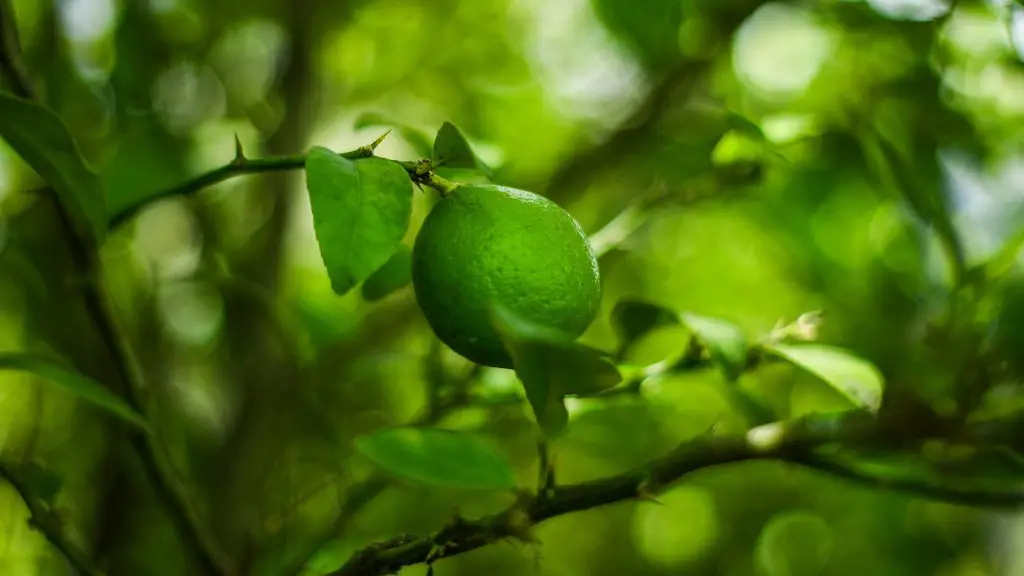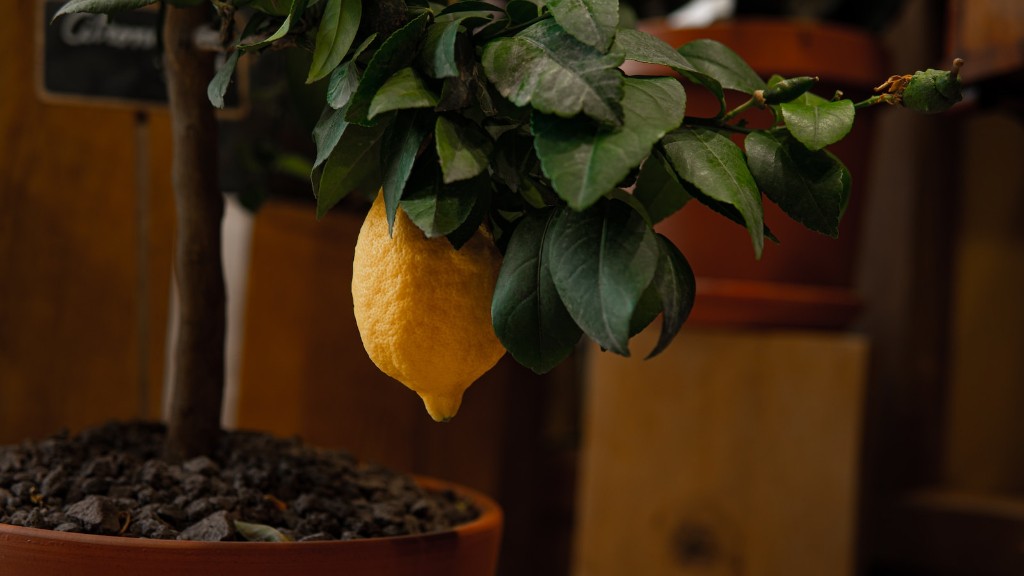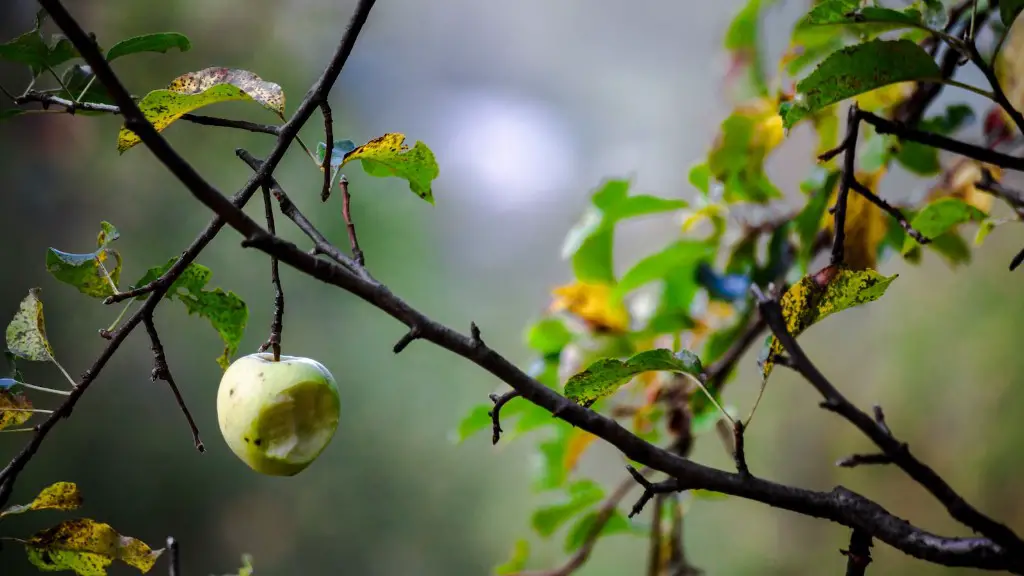Picking lemons from a tree, even a one that you have planted yourself, can be a tricky business. The key to success is to identify the best time to pick. Seasonality, climate and the health of the tree all play a key role in when to pick. With this in mind, here are the key factors to consider when picking lemons from a tree.
Tree Health
It’s important to ensure the health and vitality of the tree that you’re picking from. Trees that have suffered from pests, diseases or weather damage are more likely to produce smaller fruits and may not be suitable for picking. Check the leaves and branches for signs of disease, and look out for the telltale yellow spots of a lemon tree under attack from aphids or scale. Once you’ve identified the health of the tree, you can better judge when to pick.
Seasonality
As with all fruits, the seasonality of the climate will affect the time when lemons can be picked. In areas with a warm climate, lemons tend to ripen during the summer months, and harvesting should begin in late summer and can last into early fall. In areas with a temperate climate, ripening begins before summer and can last into autumn. Checking with your local agriculture extension can help you better determine when the best time to pick is.
Maturity
The maturity of the lemons will also affect when they should be picked. To check the maturity, inspect the lemon and look at the color. Mature lemons tend to be bright yellow, while under-ripe lemons will be greenish. If you’re looking to pick lemons for juicing, it’s best to wait until the fruit is fully yellow, as this will provide you with the sweetest and juiciest results.
Harvesting Techniques
Once you’ve identified that the lemons are ready to be harvested, the next step is to determine the ideal harvesting technique. For best results, use a sharp pair of clippers or secateurs to cut the stem at least an inch from the fruit, ensuring that you don’t damage the tree. Always wear gloves to protect your hands, as lemons may have thorns on the stem. It’s also important to take care as you move around the tree, using ladders or steps if necessary.
Storage
Once you’ve harvested the lemons, the next step is to store them correctly. Lemons should be stored in a cool, dry place away from direct sunlight. If the lemons are to be eaten immediately, store them in the refrigerator to keep them at their best. For longer-term storage, the lemons can be frozen or dried, allowing them to keep for up to several months.
Uses
Once the lemons have been harvested and stored, the final step is to determine what to do with them. Lemons can be used for a variety of culinary purposes, including baking, making cocktails or salads. They can also be used for medicinal purposes, including treatment for colds or digestive issues. Conserving the lemons for future use is also an option, and the lemons can be preserved by making lemon sugar or lemon curd.
Planting
If you’re considering planting a lemon tree of your own, it’s important to consider the climate, soil type and growing conditions in your area. Lemon trees prefer climates that are warm, with relatively low humidity. They grow best in well-drained, acidic soils with plenty of organic matter and regular watering. Regular pruning and mulching can help keep the trees healthy, and providing the trees with plenty of sunshine can help to ensure the lemons ripen to their best.
Harvesting Time
The time when lemons should be picked is largely determined by the health and seasonality of the tree. If you’re unsure, it’s best to check with your local extension office or a tree expert for advice. If the tree is healthy and there’s no extreme weather, lemons can typically be harvested between late summer and early fall. In other climates, the time may vary somewhat, so checking the ripeness of the fruit is the best way to know when to pick.
Safety
It’s important to take safety precautions when harvesting lemons, including wearing gloves and the use of steps or ladders. Always use a sharp pair of clippers to ensure that the stem is cut cleanly, leaving the tree undamaged. With this in mind, you can feel confident that you can pick lemons safely and without damaging your tree.
Pest Control
Pests can be a problem when it comes to lemons, so it’s important to keep an eye out for any signs of infestation. Aphids and scale are particularly problematic, and they can be controlled using insecticides or horticultural oils. Habitat management is also important, as trees that are too close together can attract pests, so it’s important to keep the trees well spaced in order to ensure a healthy harvest.
Selling
Picking lemons from your own tree can also be a great way to make a little extra money, as many people are interested in locally sourced produce. You may be able to sell the lemons either at local farmers’ markets or to businesses looking for fresh fruit. If you do decide to sell your lemons, make sure you’re aware of any regulations in your area, and always price your lemons competitively in order to maximize your profits.


